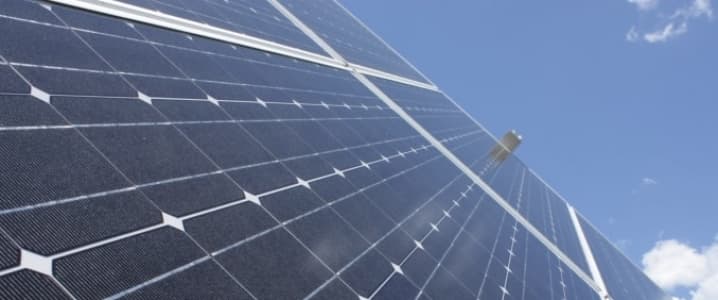The California ISO (CAISO) was recently approved by the Federal Energy Regulation Commission to introduce new regulations to boost accuracy in determining market demand. These revisions will be affecting non-generator resources or distributed energy resources (DERs), basically locally generated power via wind turbines and solar panels. This represents a small portion of the California power but means the grid is taking steps to become more efficient.
The new rules that are to be introduced October 1st will have electric storage providers monitoring and submitting their state-of-charge status directly into the day-ahead market. State-of-charge is how charged a battery is, similar to the percentage on your phone. By entering bids, directly into the day-ahead market, CAISO can estimate a more accurate price level for power in the region. Electric providers will soon be installing more regulators to monitor this percentage.
On top of this, CAISO has begun monitoring behind the meter state-of-charge. Some households produce their own power using solar panels on their roofs. That power can either be sent directly into the home (behind the meter) or into the grid (in front of the meter). Supply can be challenging to monitor when it doesn’t pass through these meters. Prior to this, CAISO has been using statistical analysis to estimate the supply. They are now introducing smaller meters behind the main meter to report the amount being supplied. By pinpointed areas where demand was incorrectly predicted, CAISO can recommend to companies areas where DERs can be constructed. This would reduce the need for power to travel long distances over cables and increase efficiency.
With the California ISO making efforts to find alternative ways to monitor power supply, their hopes are that other ISOs around the United States will follow in their footsteps. More accurate supply and demand will boost efficiency and pricing in the commodities market for power.
The CAISEO changes only add to the sense of inevitability about changes in the U.S. electrical markets and in particular the rise of green power. The ding on renewables has consistently been that they are inconsistent – they only work when the sun is shining or the wind is blowing. As demand management technologies improve, that may become less of an issue. Related: Market Update: Oil Crumbles After Saudis Pull The Plug
As of April, the carbon tax in California was adding 11 cents onto the price of gas per gallon. A carbon tax is the government’s way of trying to restrict emissions and to encourage states to be greener. If CAISO is able to limit carbon emissions through promotion of renewables then this tax may be reduced. These efforts only reinforce the ongoing mission to reduce coal and natural gas emissions, something the United States has made an effort to step away from for several years now.
Green energy is gradually becoming more prominent in the energy sector as of recent years. CAISO reported a daily production of 45,443 megawatts for solar panels alone on Wednesday, 4,000 megawatts more than a year ago. Households are becoming more conscientious by investing in solar panels, hoping to reduce electric bills and potentially earn a small profit.
There are a handful of different green energy manufacturers that should be on investor’s watch lists. Some of these are well known firms like First Solar – but traditional industrial giants like GE are also getting involved through verticals like wind turbine blades. Areas of California where demand was previously estimated will now be precisely checked giving these manufacturers an idea of where they need to develop more. CAISO is set to talk about their progress with these new regulations in mid-October.
By Michael McDonald of Oilprice.com
ADVERTISEMENT
More Top Reads From Oilprice.com:
- Did The World’s Biggest Oil Company Boost Its Reserves Artificially?
- Nigeria Sues Oil Majors Over $12.7 Billion In ‘Stolen Oil’
- Russia And Saudi Arabia Playing A Risky Game Ahead Of OPEC’s Meeting


















